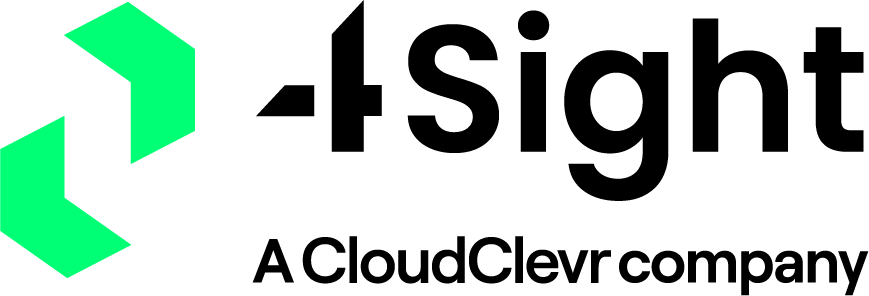Little-Known Secrets to Healthier Communications

Before COVID-19, patient care was almost entirely handled in person. But the pandemic forced healthcare organizations to pivot quickly, sending their staff home to work remotely and rethinking how they interact with patients. The shift has been a wake-up call for the industry, which now must find ways to evolve and improve both the patient and employee experiences.
“Healthcare is really waking up to the fact that they need to move toward a 360-degree view of the patient and that they need the capabilities to support the integration of data much more than before,” says Lou Gallagher, Healthcare Patient Experience Specialist at Mitel. “It was always needed, but Covid accelerated the urgency.”
According to Global Workplace Analytics, 4% of healthcare and social assistance workers were remote in 2016. That pandemic forced many healthcare agents to work from home. “Now, in the U.S.,” Gallagher says. “I’d estimate it’s well over 50% (of healthcare workers).”
Expectations For A Retail-Like Patient Experience
Since more people are at home (working, shopping and consuming a wide variety of services), they’re becoming more comfortable with the digital experience, even those who weren’t digitally enabled before Covid. As a result, their expectations for a seamless patient experience are rising.
“Retail has led the way in customer experience,” says Gallagher. “For example, Amazon has hundreds of databases, user interfaces and different systems behind the scenes, but its customers are oblivious to this. Instead, what they get is a consistent experience, no matter which device or mode of communication they use.”
“What retail has done, well ahead of healthcare, is to take all these disparate communications and bring them together. Now, because of Covid, patient expectations are higher for a more retail-like experience in their healthcare interactions.”
However, healthcare is more complex than any other vertical because of the sheer volume of interactions and the lack of workflow integration. For example, a patient may go to a clinic and see one physician for their annual physical and then make a separate visit to see another healthcare professional for a Covid test.
These two workflows each contain a unique set of information about the patient. Though they should work as one, that doesn’t often happen. For a consistent patient experience that’s on par with a retail experience, all of the disparate pieces of information need to be brought together. Of course, healthcare organizations operate hundreds of such workflows. With the right strategy and investments, they can achieve a consistent patient experience.
For example, with Mitel’s interaction software, the Electronic Heath Record (EHR) is able to contact a patient and instruct them to alert the office via text message when they arrive for their appointment. The patient’s message is delivered to a call center. When the clinic staff is ready, the system sends a text back to the patient saying the doctor is ready and to go to a specific room. It can even provide a map for the patient to follow.
Integration: The Key To Improving Patient Experience
To deliver a stellar patient experience such as this, it’s critical for healthcare systems to integrate their front and back offices. But how do healthcare organizations begin to pull all these disparate platforms together? And how in the COVID-19 era can they do so in a way that maps into the long-term strategy of the organization?
“Technology must support the strategy of the organization moving forward,” Steven Lawrence, Mitel’s Head of Healthcare, says. “It needs to improve both the patient experience and the workforce experience and transform them.”
For example, even before the pandemic began, plans to upgrade business communications were well underway at the Center for Sports Medicine and Orthopaedics. Though the practice initially halted implementation, they decided to switch over to Mitel cloud-based communications anyway.
With MiCloud Connect, the practice was able to integrate their communications with their business process applications, which allowed staff to pivot to remote work without interruption. Seamless integration with patient information along with richer reports and analytics help the practice optimize schedules and improve wait times for callers.
In the UK and elsewhere, Lawrence points out, healthcare is attempting to make a massive leap to remote working from legacy, on-site, basic telephony platforms that have been historically under-invested.
However, rather than following an integrated strategy, they’re adopting a range of alternative, free technologies to bridge the gap. This approach is likely to create a nightmare scenario not too far down the road.
“In six months, all this free stuff isn’t going to be free anymore,” Lawrence says. “There will be licenses and hidden costs and more complexity, making communications even more difficult to manage.”
“At Mitel, we focus on supporting organizational goals with secure equipment that can be delivered however the customer wants it delivered,” Lawrence says. “There’s a great deal of complexity and risk associated with healthcare communications. That’s why we work with what you already have to strengthen your patient interactions, so you can help you transform your practice at a speed and risk profile which is acceptable to you as an organization.”
Patient Engagement In 2021 And Beyond
The vaccination of millions of patients against COVID-19 will put a strain on the healthcare system in 2021, underscoring the need for seamless integration. Practices will need to identify and track patients as part of the vaccination process, so they can manage timing of doses. Effective communication will be the linchpin of success. Healthcare organizations that focus now on improving patient engagement by integrating frontline communications with back office operations will find the process of vaccinating patients much easier and more efficient.



